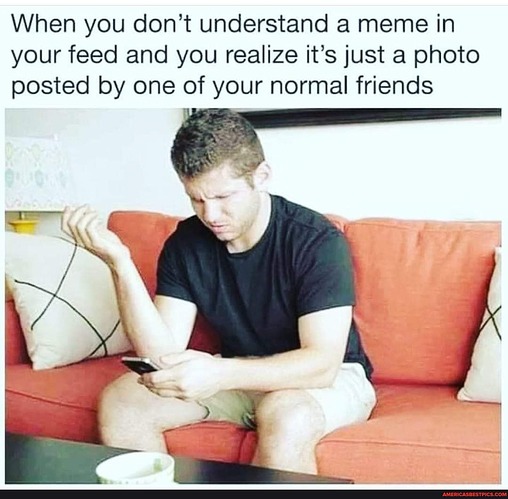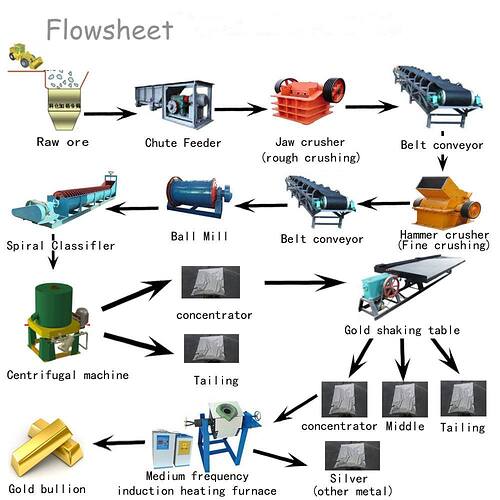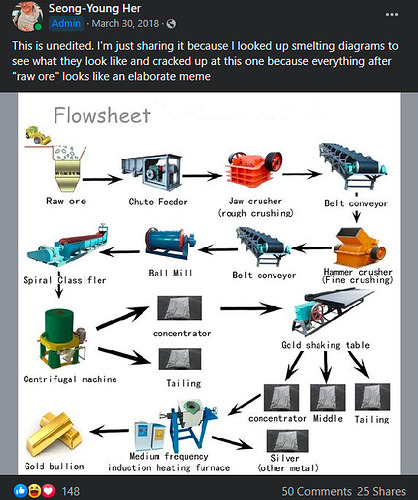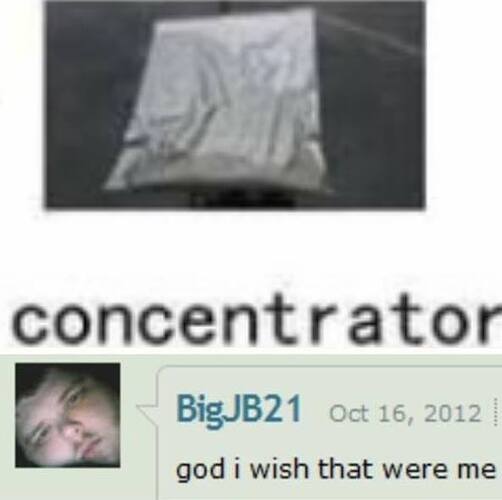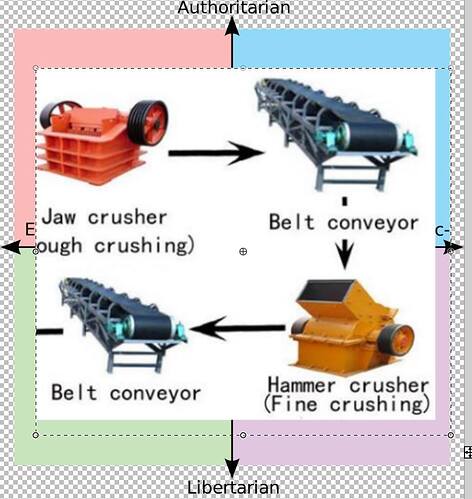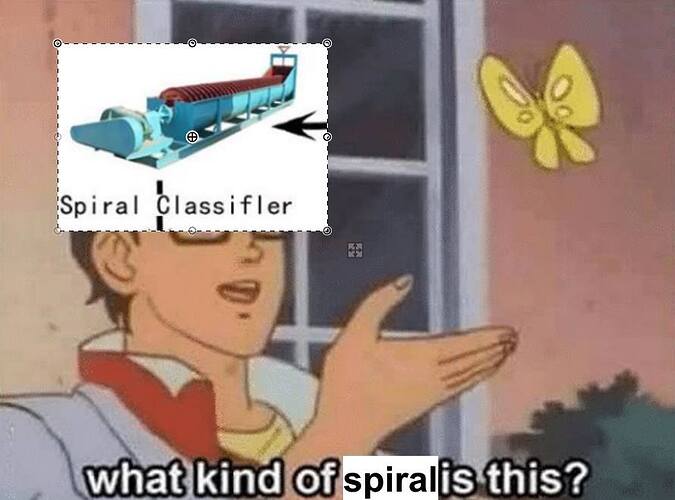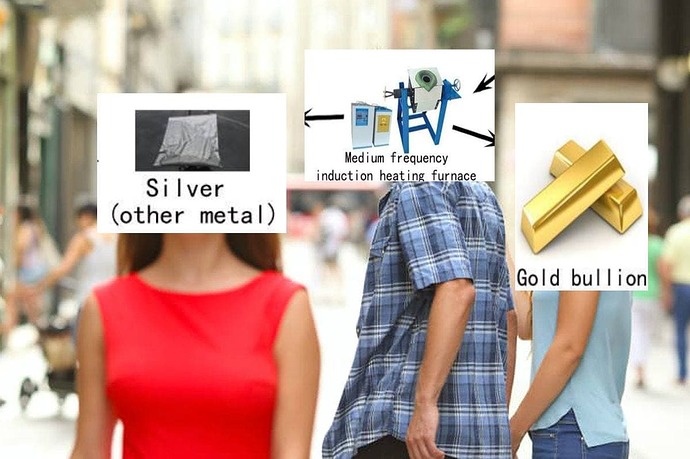an ongoing memetic manifesto
Hi! I am working on a creative contribution for the upcoming Critical Meme Reader #2 (published by the Institute of Network Cultures), and I’d like to use this post to share my work in progress. This is to me a way of developing it (as I think this fits very much with the ideas I’m taking as a basis), as much as a way to share knowledge and foster conversation.
Instead of approaching my contribution as a more orthodox essay, I’m taking meme aesthetics as a methodological reference for crafting theory, somewhat rejecting the notion of a structured text.
Sometimes memes are compared to language, and we may also think of writing itself as remixing. I feel some meme-making practices can be resemblant to theory-writing. I think we can understand this kind of theory-making as theory coming from a subaltern or precarious condition, often in the margins or completely outside of academic institutions. I think of meme-makers as artists, poets and theorists of the hacker class, producing “ever-new expressions of the actual” (McKenzie Wark).
As Mark Fisher jokingly put it, “only prisoners have time to read”, but everyone has time for memes, as they leak and merge into daily life through social media, hijacking attention and always making space for themselves. In this precarious, micro-fragmented and accelerated condition where it’s difficult to locate oneself or form a cohesive discourse, memes may be a creative and collective approach to theory. When we live in a context where the possibility of longform theory is hard to foster, we might just make memes.
I see meme pages as heterogeneous, unplanned, additive, experimental, fragmented manifestos, always incidental, always in continuous construction. This kind of writing is distanced from the idea of a closed, unitary text with cohesive meaning, embracing instead this accelerated condition as a space of possibility. (I’m not really familiar with it, but this may be similar to schizoanalysis?)
In my artwork I constantly quote, remix, and appropriate other memetic artifacts, text snippets, tweets or comments, etc., so these “memes” are like complex collages or compositions (sort of like what is described in Memes are not jokes, they are diagram-games) that do not seek to convey or “package” a single unitary message, but make connections and spread in various directions.
The topics I intend to deal with are broad and disperse, and, fittingly, I haven’t fully figured them out to be honest, but I think that for now I’ll summarize them here in these questions:
How can memes make sense of memes? Can meme-making be a form of theory-making? Can meme-making practices help dismantling the memetic episteme (see the picture below)? In which ways can we rethink memes with this purpose in mind? How can we build memetic places that make possible other types of interaction that work against the logics of memetic immunology?
I feel that sharing my process and unfinished outputs, receiving feedback, and using this material to spark conversations may be very helpful to me (especially as I tend to be very unsure of my own ideas), and it’s completely aligned with this way of writing as remixing. Writing (like meme-making) ceases to be something you do as an individual. Therefore, I’d like to open the process and expose it to this community, making it subject to “cross-contamination”, to open source it, as to say. I intend to take the conversations around these WIPs as a basis to further develop the project (I may even include some of them in the artworks themselves, if you are ok with that). So (hopefully) I will be sharing my process periodically through this thread as I make more artworks, and I’d love to hear your thoughts and readings on them.
PD: please feel free to recommend texts, memes, and whatever comes to mind!
Anyway, this is the first composition I’d like to share (an unfinished 2 page spread, I hope everything is readable):

